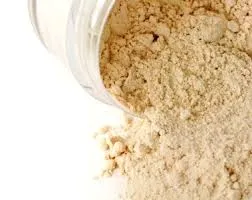

Odor control is a less-discussed but equally significant aspect of effluent treatment. Compounds such as hydrogen sulfide and ammonia can produce unpleasant odors, affecting plant operation and nearby communities. Chemicals like activated carbon and potassium permanganate, along with advanced technologies like biofiltration and activated sludge systems, help mitigate odor issues effectively. The implementation of these chemicals is no straightforward task; it requires careful consideration of factors such as the chemical characteristics of the effluent, the desired quality of treated water, regulatory compliance, and cost implications. Industry experts stress the importance of conducting laboratory-scale assessments and pilot testing to determine the most suitable chemical formulations and dosages. Such empirical evaluations can support optimized chemical usage, reducing overall operational costs and achieving sustainability goals. Safety and environmental impact remain paramount when employing chemicals in ETPs. It is important for operators to ensure that all chemical handling, storage, and disposal practices adhere to safety standards and regulations. Proper training and certification programs for personnel handling chemicals can further bolster safety. Additionally, establishing a reliable supplier network can ensure the availability of high-quality, sustainable chemicals designed to minimize adverse environmental impacts. As environmental concerns gain global prominence, the demand for innovative, sustainable solutions in wastewater treatment continues to rise. Advancements in green chemistry and the introduction of biodegradable, non-toxic chemicals signal promising progress in the ETP sector. Industries are increasingly motivated to adopt such solutions to align with corporate social responsibility (CSR) goals and mitigate the environmental footprint of their operations. In conclusion, chemicals used in Effluent Treatment Plants play a pivotal role in enhancing the efficiency and effectiveness of wastewater treatment processes. Understanding their roles, benefits, and safe application can empower operators and industries to achieve greater levels of environmental compliance and operational excellence. As technological and chemical advances continue to reshape the landscape of wastewater management, adopting a strategic and informed approach to chemical usage will be vital in fostering sustainable industrial growth.

